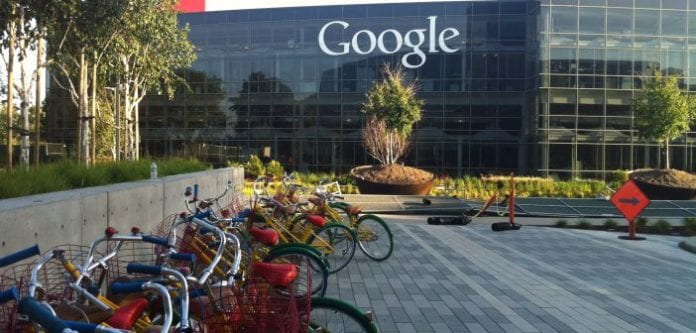Google, Nokia, and Corning’s SpiderCloud Wireless are helping Verizon test Citizens Broadband Radio Service, which uses the spectrum bands between 3.55 GHz and 3.70 GHz. They join previously announced partners Ericsson, Qualcomm and Federated Wireless.
At a test site in Irving, Texas Verizon is currently testing indoor and outdoor CBRS small cells made by SpiderCloud Wireless, Ericsson, and Nokia. The tests include mobile devices that use a Qualcomm modem that supports CBRS. Google and Federated Wireless provide the spectrum access system that will enable providers to share this spectrum.
Right now the U.S Department of Defense is the primary user of the 3.5 GHz bands, but the Federal Communications Commission is in the process of making this spectrum available for shared commercial use.
Private LTE networks
Verizon is planning to offer enterprise customers private LTE networks using CBRS once the government makes the 3.5 GHz spectrum available and device makers launch smartphones that support the frequencies.
“Verizon sees a lot of potential in private LTE networks depending on the access and latency needs of our customers,” said Bill Stone, Verizon VP of technology development and planning. “For customers who want greater control including on-site servers, increased throughput and lower latency through dedicated backhaul, private LTE networks are an excellent option. CBRS is supported on both indoor and outdoor models and private LTE can run on both.”
Once handsets that support CBRS start to proliferate, companies may want to deploy their own LTE small cell networks to boost coverage and capacity. Verizon wants to offer this equipment to customers and manage their LTE networks.
Smartphones expected this year
“CBRS capable devices will begin entering the lineup by the end of 2018 and will continue to expand aggressively through 2019,” said Stone. “Verizon has strongly encouraged all OEMs to adopt CBRS support to take advantage of this technology.”
Smartphones that support CBRS will mean mobile network operators can offload data traffic from licensed bands to the shared CBRS spectrum. Operators will be able to use some of this spectrum even without licenses. In each market at least 80 megahertz will remain available for general authorized access (GAA). This means operators can start using the spectrum as soon as the FCC gives them the green light, and will not have to wait for the conclusion of the 3.5 GHz spectrum auction, which will assign priority access licenses.
About 20 minutes away from Verizon’s Texas test sites, executives at AT&T’s world headquarters are waiting for that FCC green light before announcing the company’s plans around CBRS. Unlike Verizon, AT&T has been fairly quiet on this topic, although it did file for permission to start testing with Ericsson in Washington, D.C.

